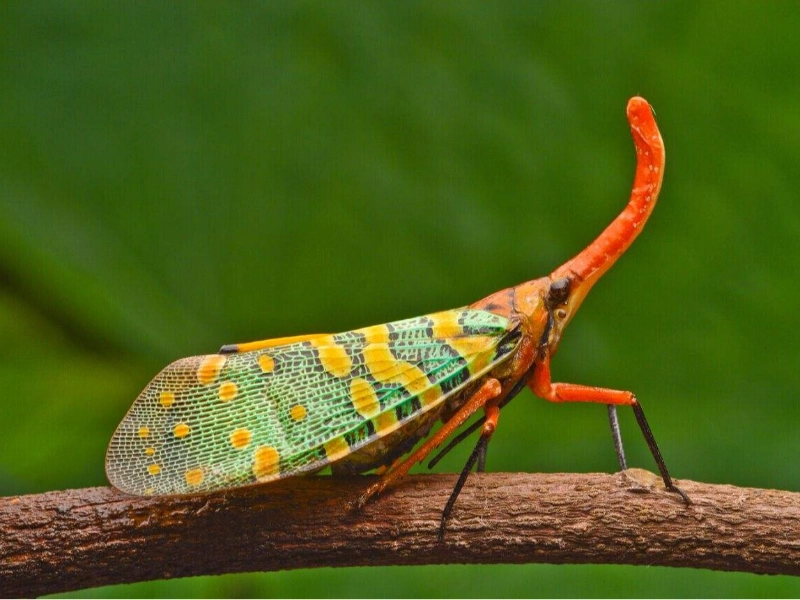Advertisement
2. The Role of Oxygen Levels

Advertisement
Prehistoric insect size was mostly determined by the high oxygen levels in the atmosphere during the Carboniferous era. Through a system of tubes known as tracheae, insects breathe and deliver oxygen to their tissues. Unlike humans, insects depend on diffusion to move oxygen throughout their bodies; they lack lungs.
Greater oxygen concentrations let insects consume more oxygen, hence supporting greater body sizes. Studies have indicated that insects can grow bigger when oxygen levels rise since their respiratory systems can effectively provide the required oxygen to maintain bigger bodies. Called "oxygen limitation," this phenomena implies that reduced oxygen availability limits the size of contemporary insects.
By contrast, the high oxygen levels during the Carboniferous epoch allowed insects to develop to sizes unthinkable today. Among the biggest flying insects ever known, the Meganeura, a massive dragonfly-like insect, has a wingspan of up to 2.5 feet. Along with benefits in foraging and reproduction, this capacity for size let these insects fill several ecological niches.
Insect sizes dropped as oxygen levels dropped following the Carboniferous epoch, which resulted in the smaller insects we know today. The link between oxygen levels and insect size shows how environmental factors might affect species' evolution across time.
